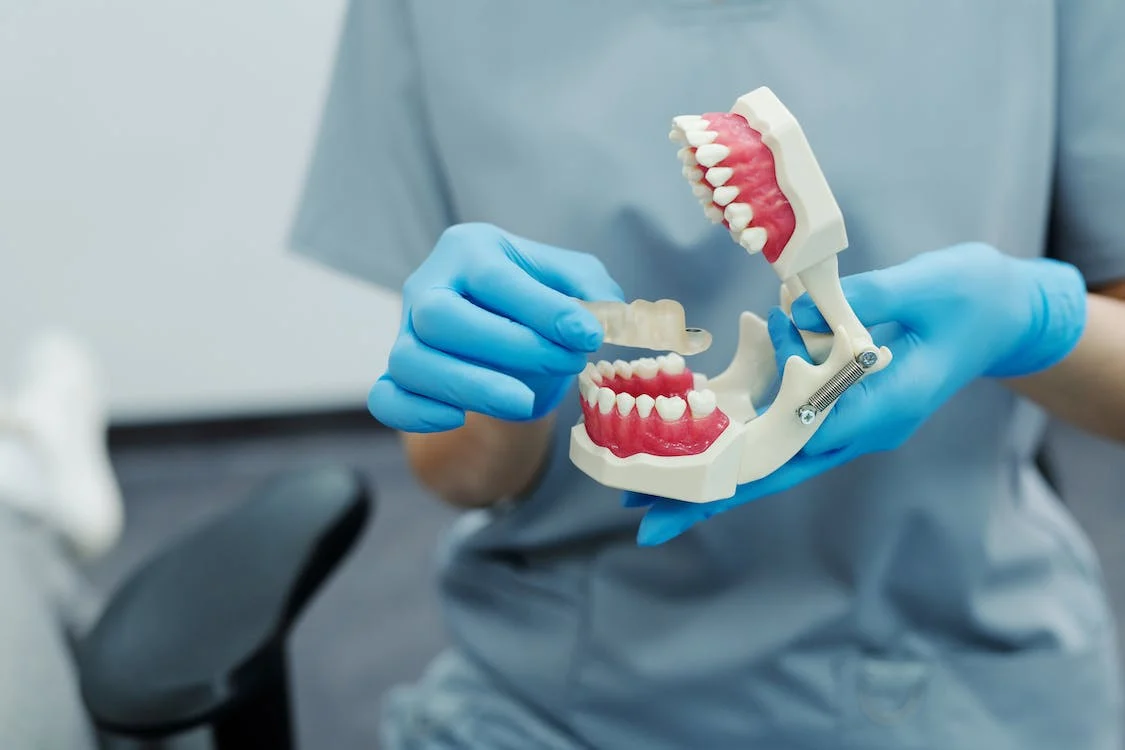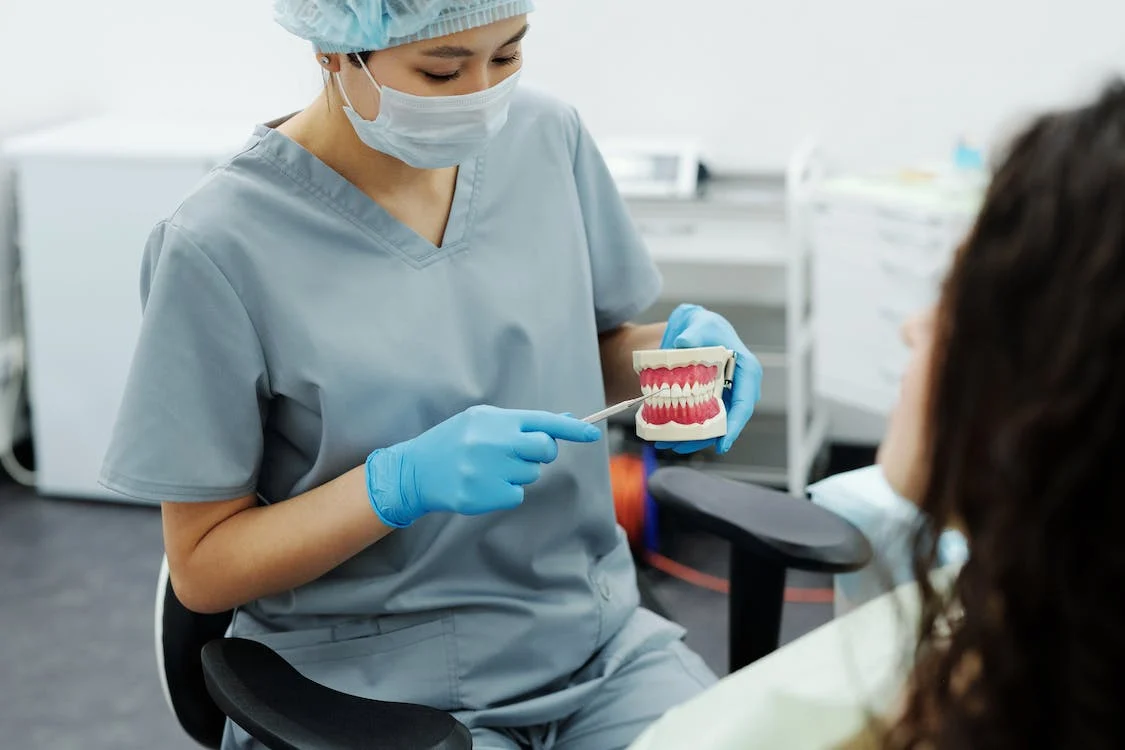The Science, Artistry, and Profound Impact of Orthodontics
- Written by Auzzi Shopping

The field of dentistry encompasses a wide range of specialties, each playing a crucial role in maintaining optimal oral health. Among these disciplines, orthodontics stands out as a transformative branch, focused on correcting dental irregularities and achieving harmonious smiles. With its unique blend of science, art, and patient care, orthodontics has been changing lives and improving oral health for decades. In this article, we will delve into the fascinating world of orthodontics, exploring its techniques, benefits, and the profound impact it has on individuals' lives.
The Complexity of Orthodontics:
Orthodontics, often referred to as the art of straightening teeth, is a specialized branch of dentistry dedicated to diagnosing, preventing, and treating dental irregularities, primarily focusing on misalignments and malocclusions. These conditions can affect a person's bite, speech, and overall dental health. Orthodontic treatment involves the use of various techniques, including braces, aligners, and other appliances, to gradually shift teeth into their proper positions. However, behind this seemingly straightforward process lies a world of complexity and intricacy.
The Science Behind Orthodontics:
Orthodontic treatment is rooted in the principles of biomechanics, biology, and physics. An orthodontist in Toowoomba meticulously analyzes a patient's dental and facial structures, employing advanced diagnostic tools such as X-rays, photographs, and digital scans. By considering these factors, they develop customized treatment plans that cater to each patient's unique needs. This multidimensional approach allows orthodontists to not only straighten teeth but also correct bite discrepancies, resolve crowding or spacing issues, and enhance overall facial aesthetics.
The Artistry of Orthodontics:
Beyond the scientific foundation, orthodontics is an art form that requires a keen eye for aesthetics. Orthodontists take into account facial proportions, lip dynamics, and smile harmony when designing treatment plans. They strive to create smiles that not only align teeth but also enhance the overall facial appearance. This artistic aspect of orthodontics involves a delicate balance between achieving optimal dental function and creating an aesthetically pleasing smile that instills confidence in patients.
Bursting the Myths:
Orthodontic treatment is often misunderstood, leading to misconceptions and hesitation among potential patients. Bursting these myths is crucial to help individuals make informed decisions about their oral health. One common misconception is that orthodontic treatment is only for children and teenagers. In reality, orthodontic intervention can benefit individuals of all ages. Another myth is that orthodontic treatment is purely cosmetic. While enhancing smiles is undoubtedly a significant aspect, orthodontics also plays a vital role in improving oral health by addressing issues like gum disease, jaw joint disorders, and tooth wear caused by misalignments.
The Profound Impact:
Orthodontic treatment not only aligns teeth but also has a profound impact on an individual's overall well-being. A straighter smile can boost self-esteem, enhance social interactions, and improve overall quality of life. Properly aligned teeth are easier to clean, reducing the risk of tooth decay and gum disease. Additionally, correcting bite issues can alleviate discomfort, jaw pain, and headaches caused by misalignment. By addressing these concerns, orthodontists contribute to the long-term oral health and overall happiness of their patients.
Conclusion:
Orthodontics is a dynamic field that blends science, artistry, and patient care to create stunning transformations and improve oral health. The complexity of orthodontic treatment is rooted in scientific principles while embracing the artistic aspect of enhancing smiles. Bursting the myths surrounding orthodontics is essential to help individuals understand its diverse benefits and suitability for people of all ages. By seeking orthodontic care, individuals can unlock the potential for a confident smile, improved oral health, and a brighter future.

